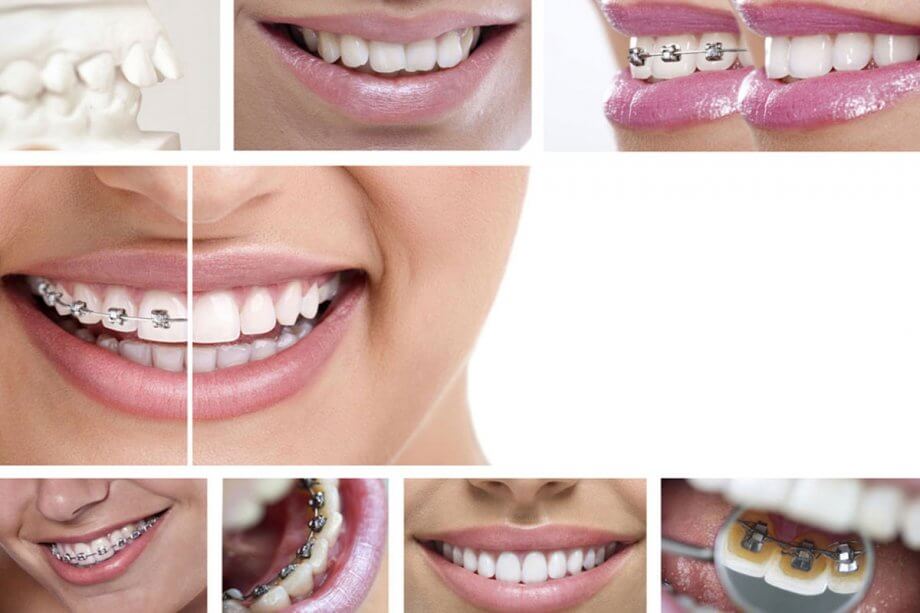Although many people are now turning to Invisalign or other solutions such as clear or lingual braces, metal braces remain tremendously popular. Yet you may wonder exactly what getting braces will be like. Here is what you should know.
The Right Age for Braces
We recommend an initial orthodontics screening around your child’s 7th birthday. This lets us evaluate the teeth as they begin to emerge and take preventive measures to help them come in straight. In many cases, this early intervention is enough, but other kids will still need braces. Depending on individual tooth eruption and growth rate, we typically place braces when the child is between 10 and 14 years old.
It is never too late for braces, though, as long as you have healthy teeth. We have placed lots of braces on older teenagers and adults. In fact, roughly 20% of all people who wear braces are adults. Braces can correct problems with your bite and improve your smile, no matter how long ago your permanent teeth came in.
Reasons for Braces
Aesthetic issues are among the top reasons that people choose to get braces. There is certainly nothing wrong with wanting to improve the look of your smile. Along with this, though, straight teeth are also vital for your oral health. Misaligned teeth can cause jaw pain and can even lead to TMJ (temporomandibular joint disorder), which can be bad enough to interfere with chewing. In addition, straight teeth are much easier to clean, lowering your risk for tooth decay and gum disease.
Treatment Length
You or your child might wear braces for as little as one year or as long as three years, depending on individual needs. To minimize your length of treatment, be sure to keep all appointments, wear all devices as directed, and follow a perfect oral hygiene routine. Still, since every mouth is unique, your length of treatment could vary significantly from that of your friend.
Modern Braces
Braces can never be considered pleasant, but advances in orthodontic technology have vastly improved the braces experience in the past few years. Modern metal brackets are far smaller than they once were, and you can get clear or tooth colored brackets, or even brackets in fashion colors, if desired. Heat-activated wires are gentler on teeth, making adjustments far less painful than they used to be. Smart brackets and wires are more comfortable and more efficient, and they may shorten the total length of treatment.
Calming Kids’ Fears
It’s tough to be a preteen or a teenager, and some kids panic at the thought of getting braces. Give your child plenty of time to adapt to the idea rather than pushing to start treatment right away. Remind her that many kids wear braces, and that treatment is a short-term way to gain benefits that will last a lifetime. If your child knows someone who already wears braces, encourage her to ask lots of questions. Like adults, children generally adapt better when they have plenty of information to rely on.
Ready to Get Started?
If you need braces or Invisalign in the Greater Hartford area, contact Greater Hartford Orthodontics today at 860-667-8277 to schedule your initial evaluation.


